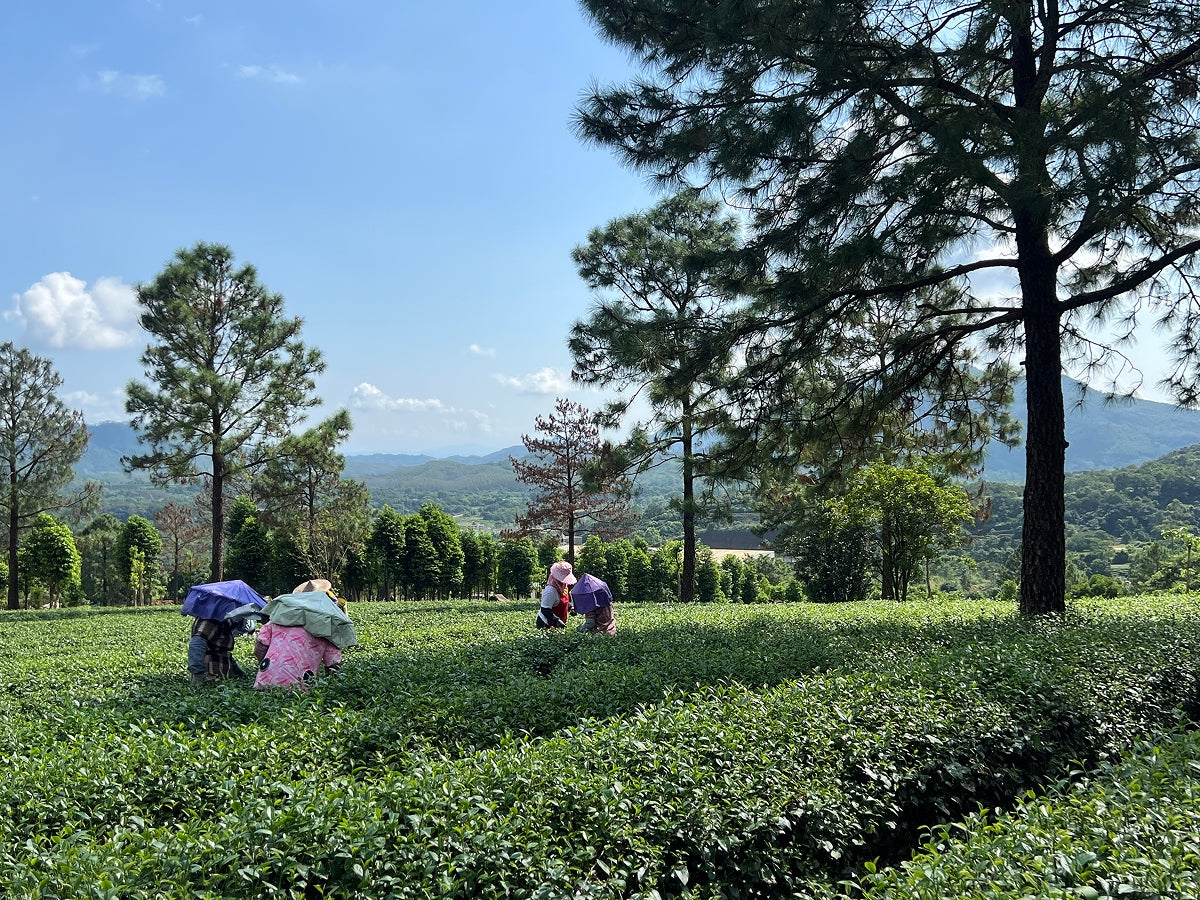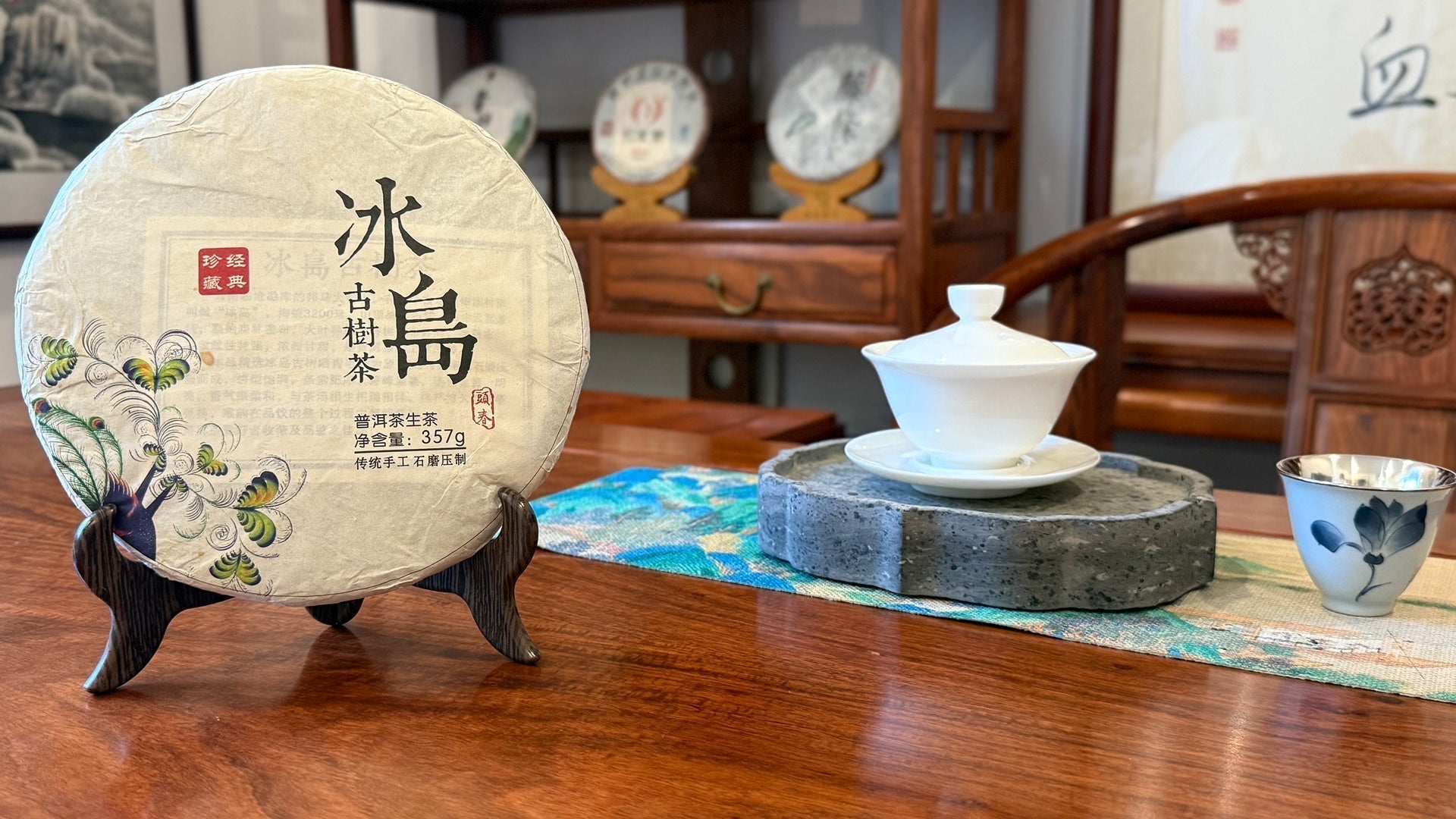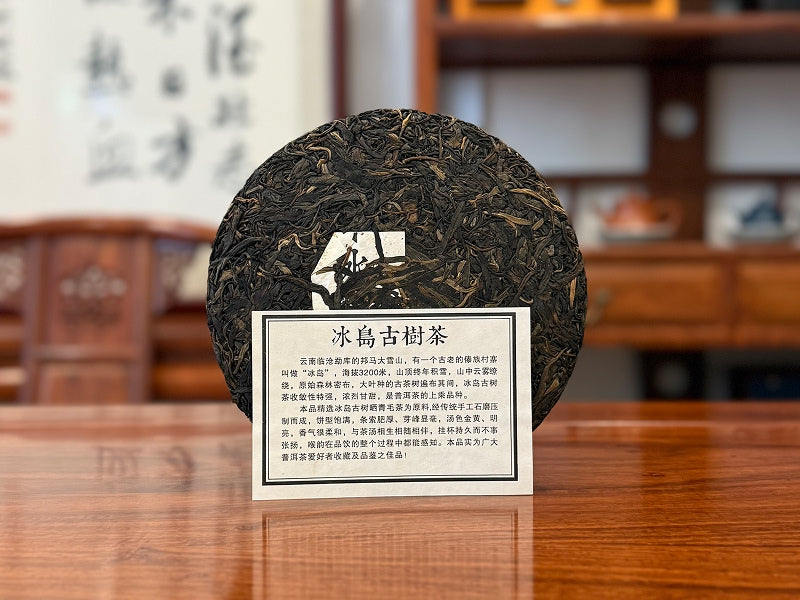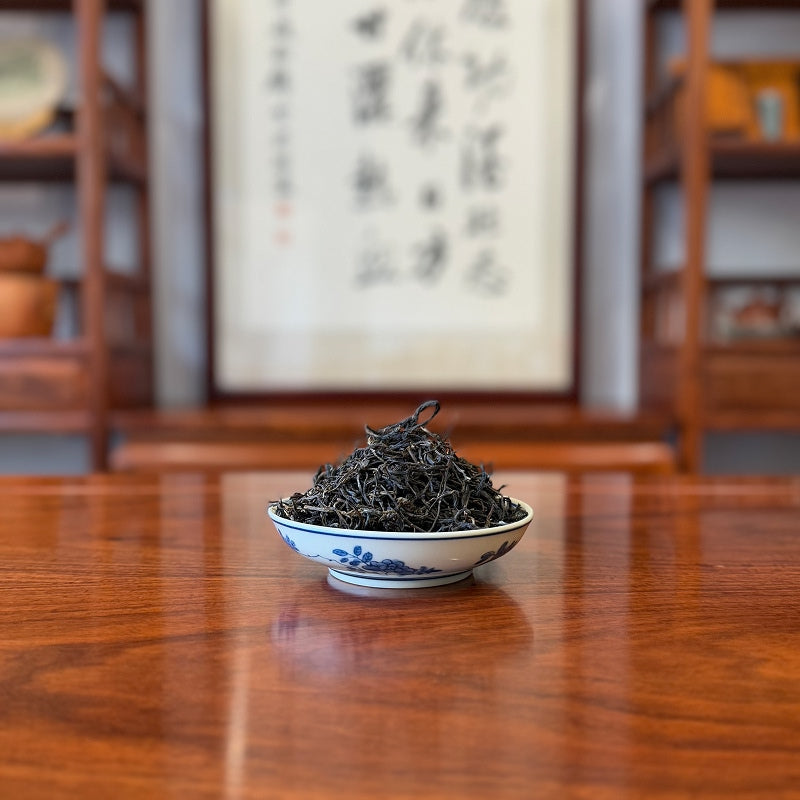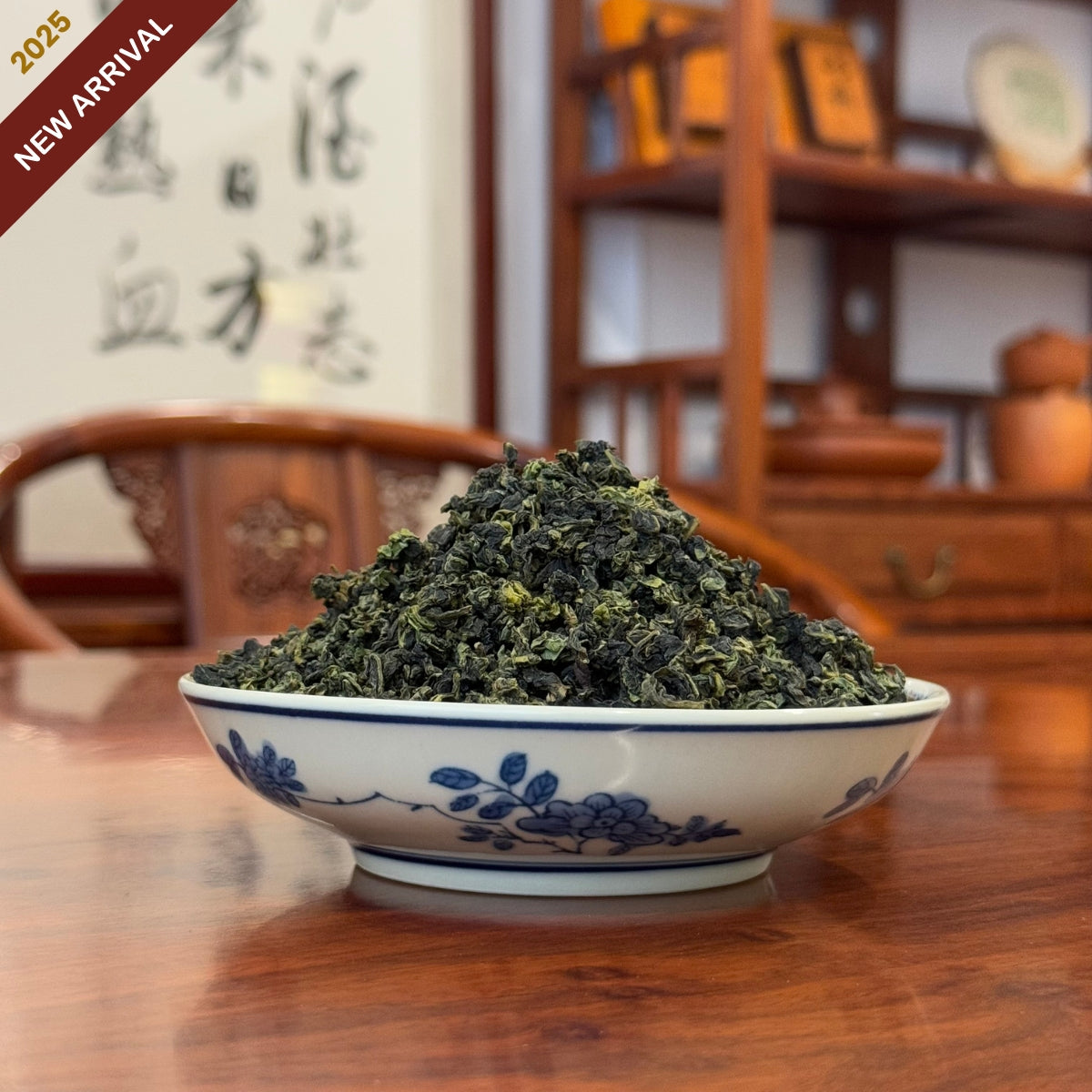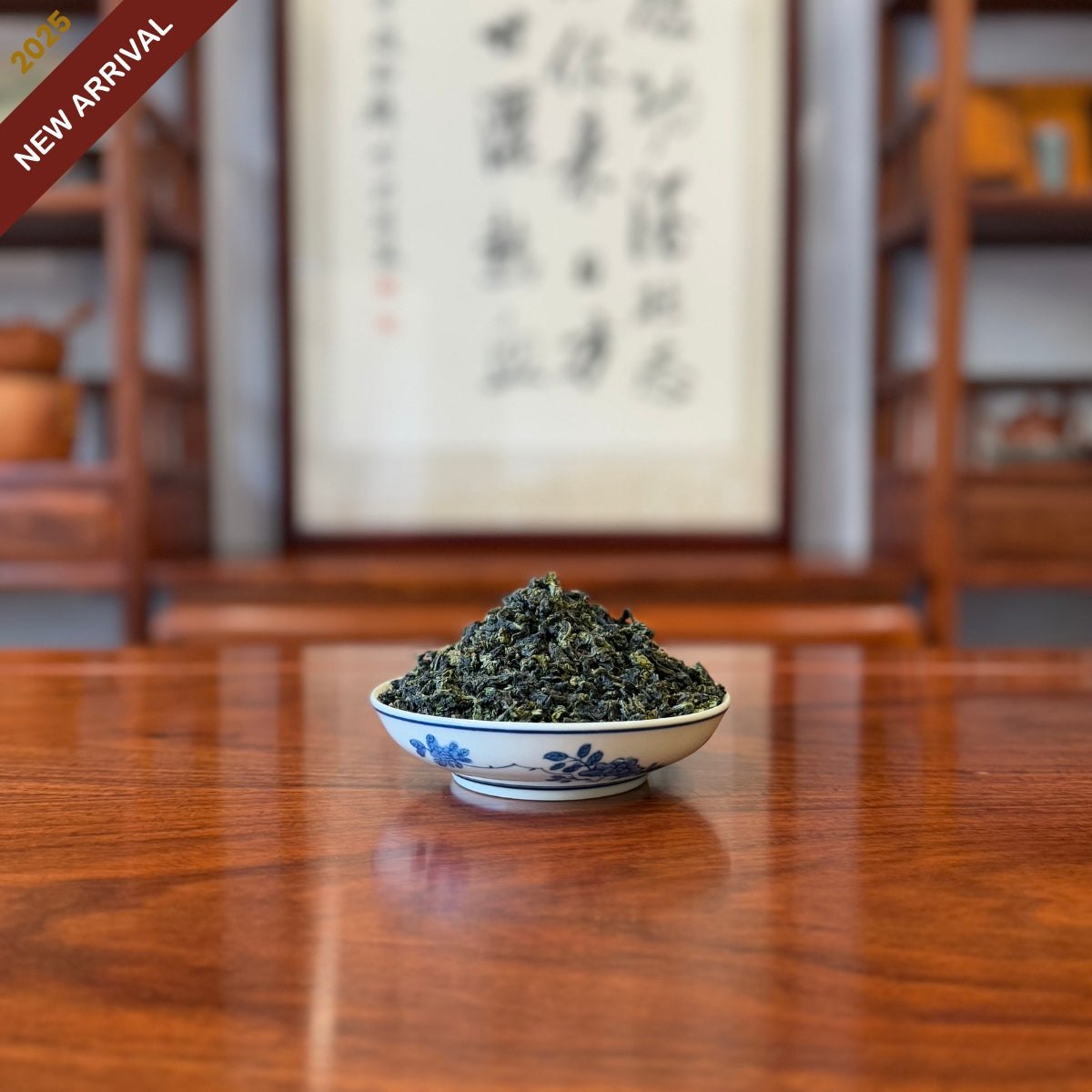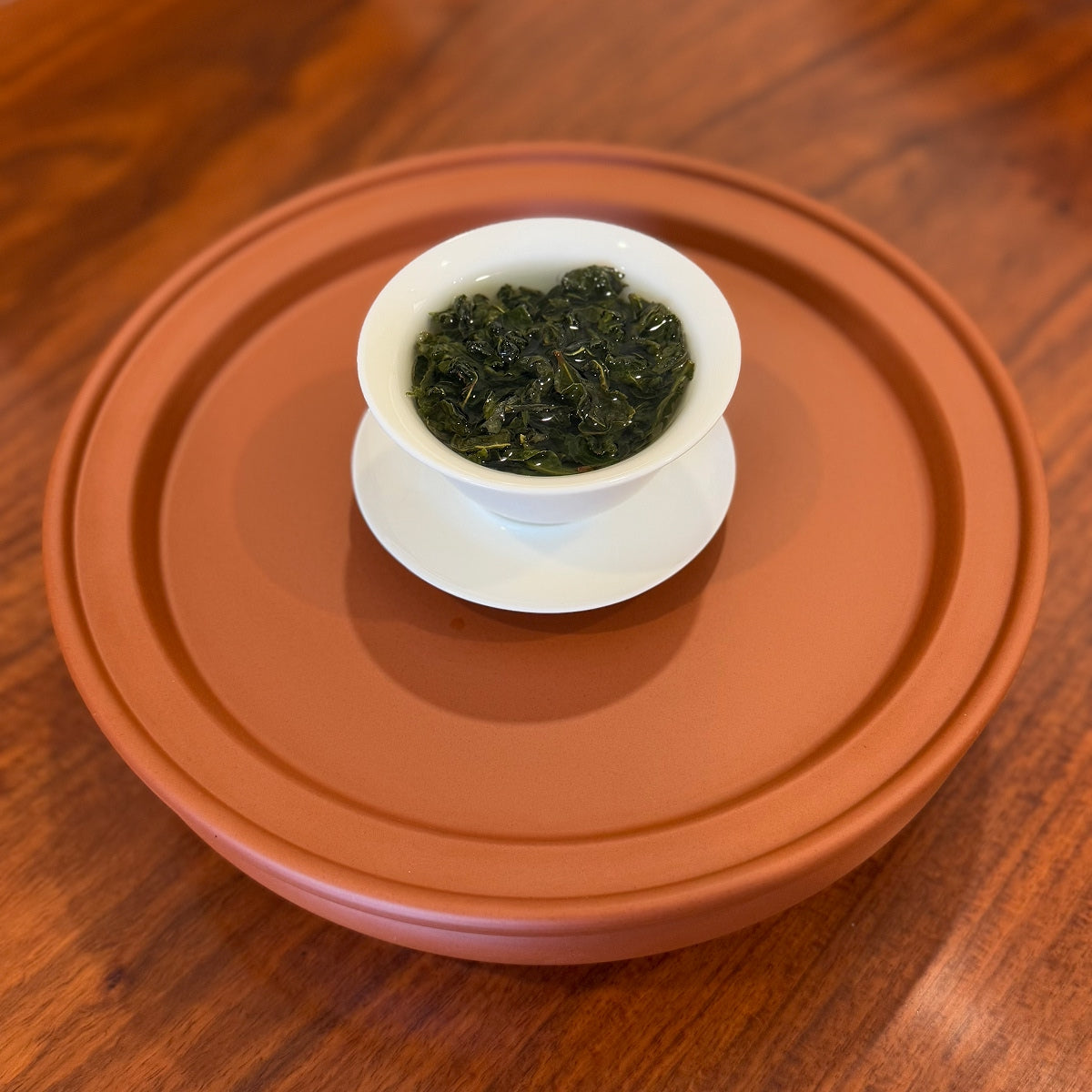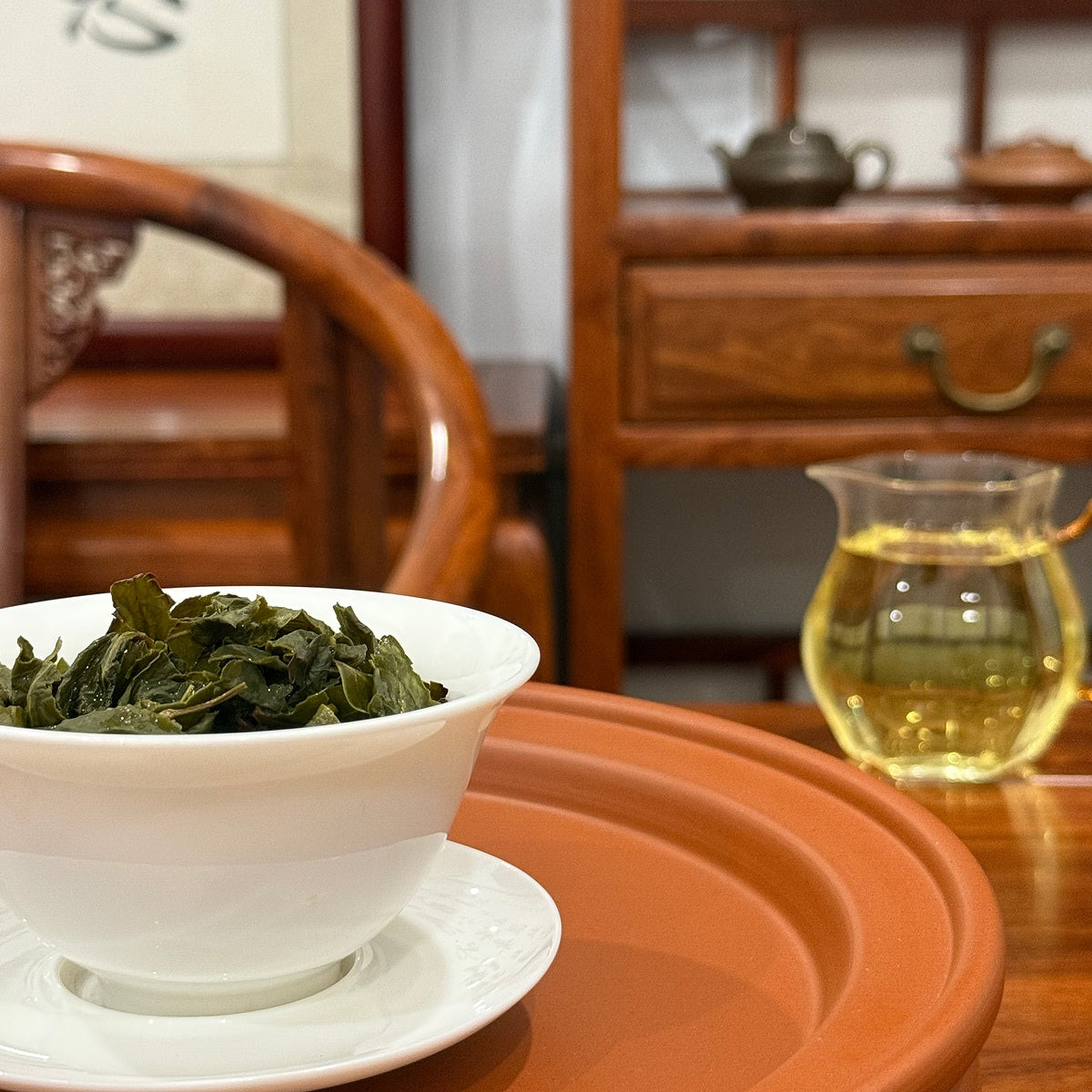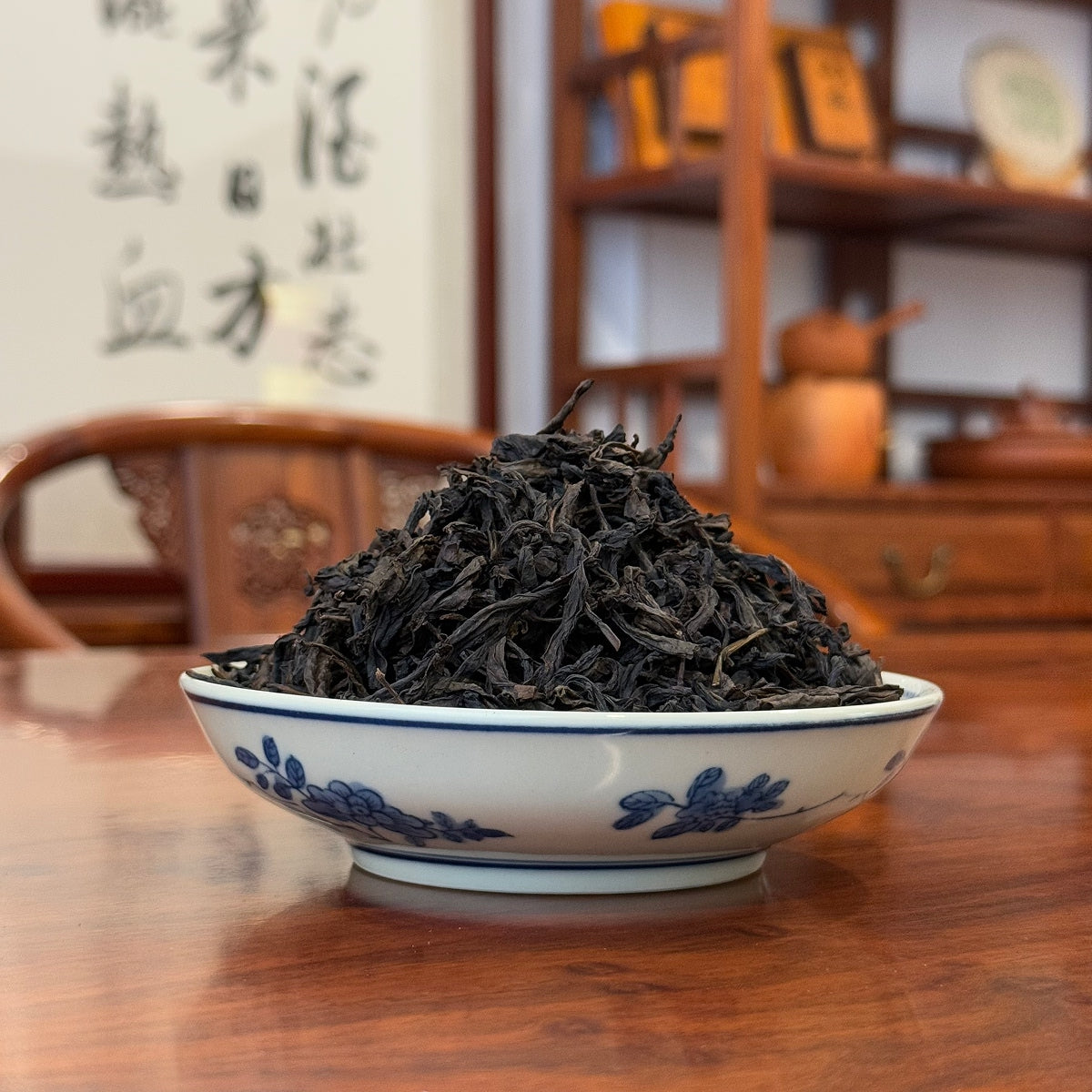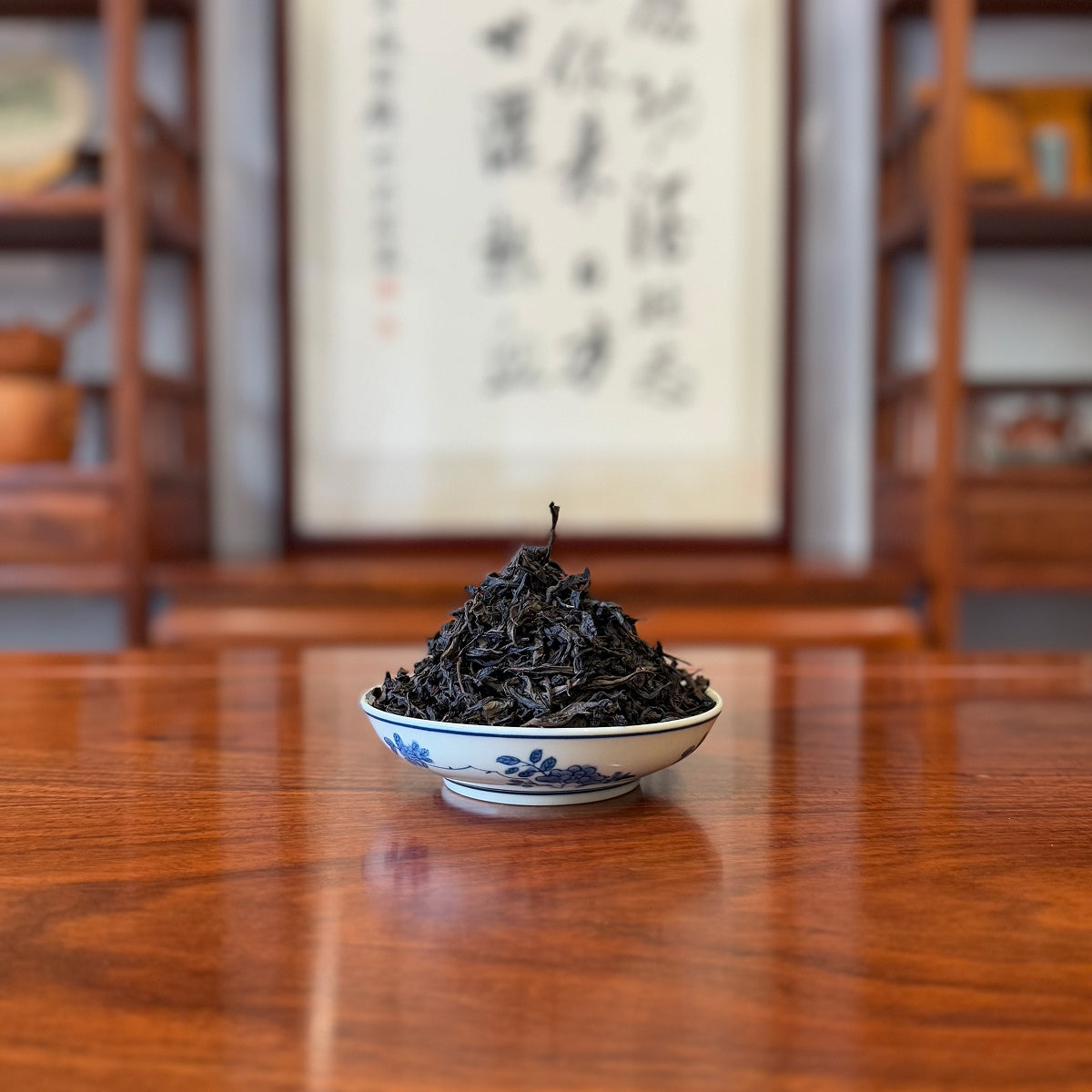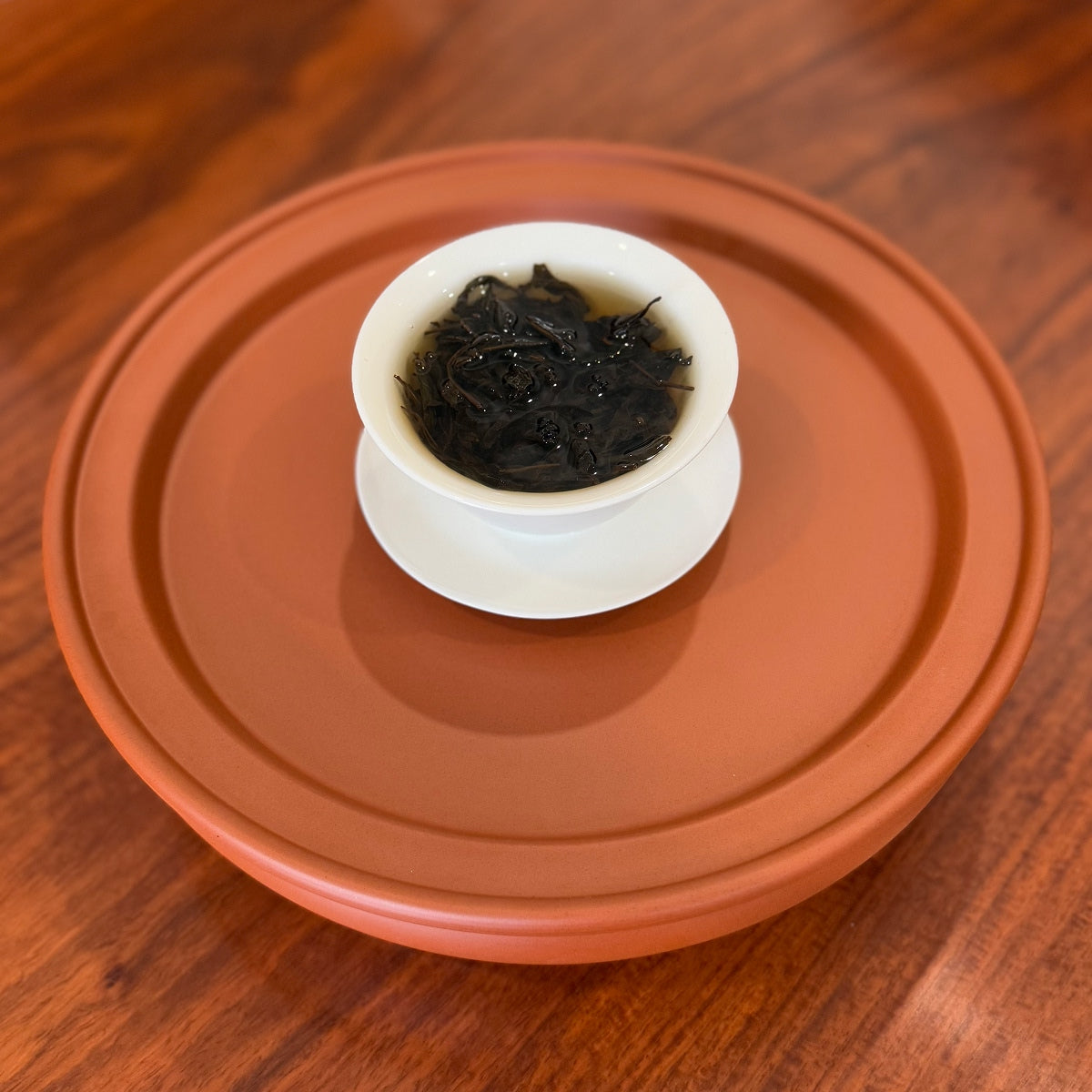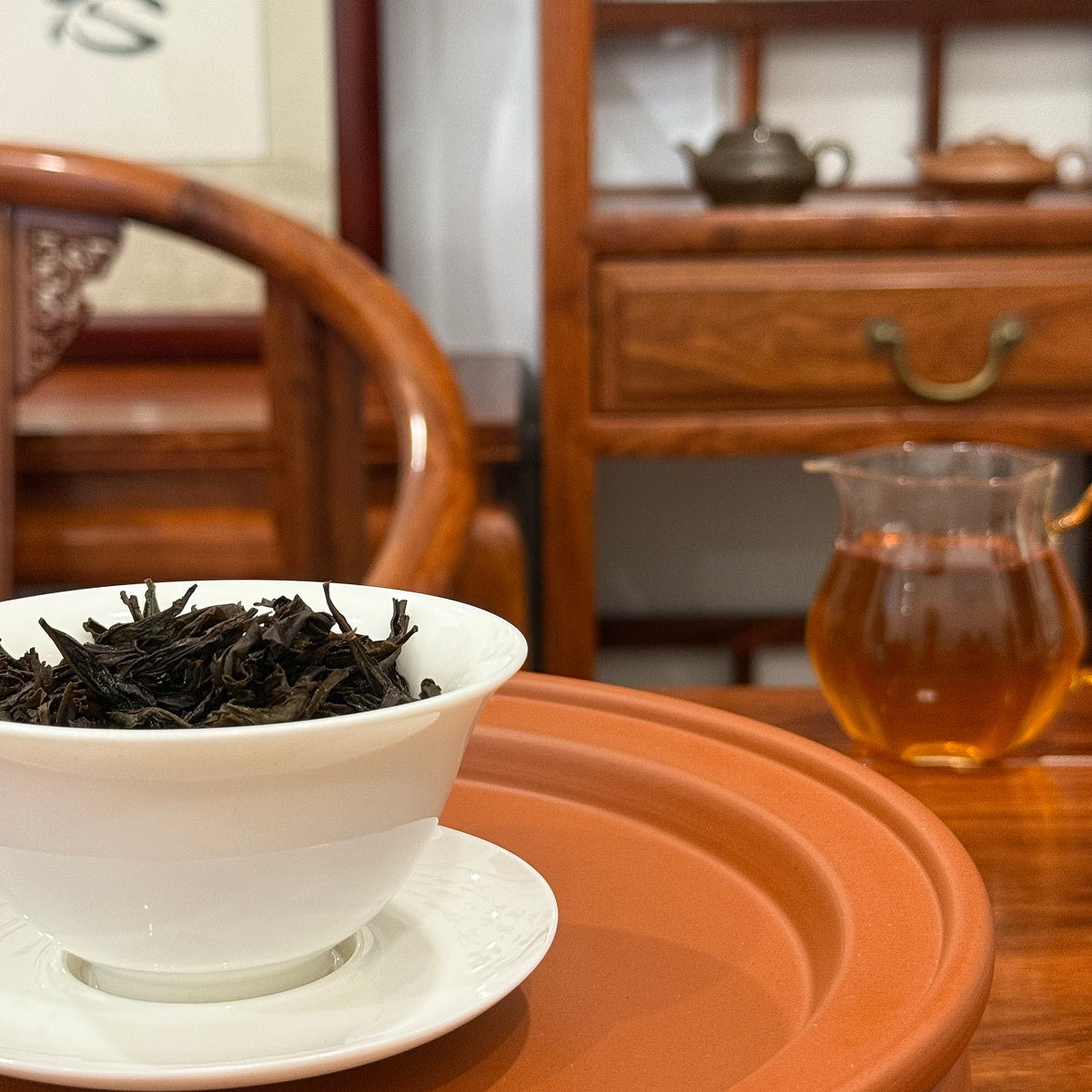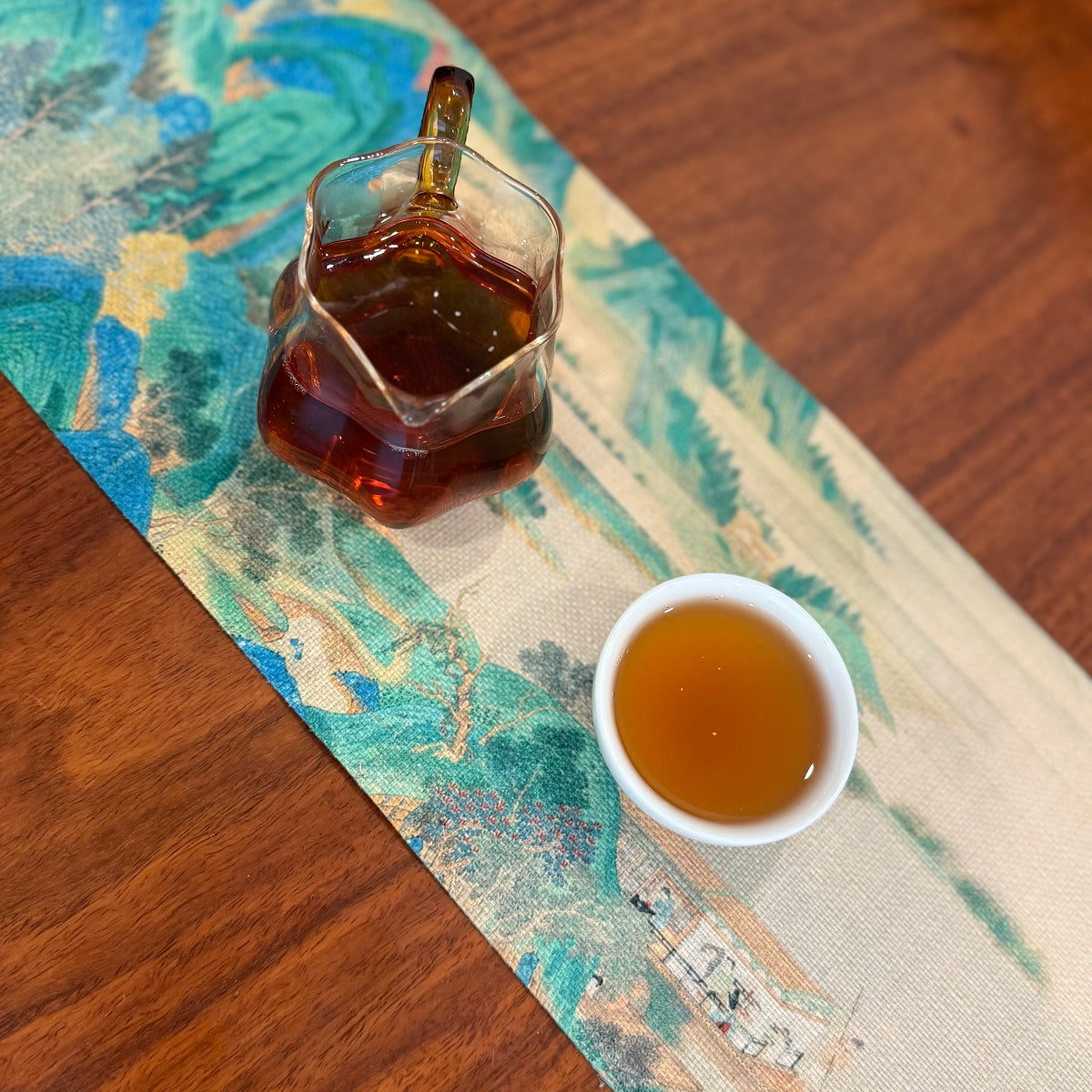In our previous article, the Chinese Tea Group shared an in-depth analysis of the core origins of oolong tea. Building on that foundation, we now continue to explore the key factors influencing oolong tea price and cost. This will help you better understand what drives the market value of authentic Chinese oolong tea.

You may first want to review our comprehensive guide: Chinese Oolong Tea: The Ultimate Guide to China’s Legendary Brew for a fuller background.
The price and cost of oolong tea are influenced by multiple factors — from the tea trees' growing environment and microclimate effects on oolong tea quality, to processing craftsmanship and labor costs.
This article dives deep into six critical aspects: origin, altitude, tree age, harvest season, vintage, and the impact of production methods and labor on oolong tea flavor and price.
Key Oolong Tea Origins and Core Areas

Famous oolong tea-producing regions in China include Fujian’s Wuyi Mountain and Anxi, Guangdong’s Phoenix Mountain, and Taiwan’s high mountain tea areas.
Within these top oolong tea growing regions, the more central or core the area, the higher the price of oolong tea, akin to prime real estate in a city’s downtown.
However, oolong tea core regions represent centuries of tea masters’ repeated tasting, validation, and heritage, gradually forming “golden terroirs.”
Even on the same mountain, different slopes facing varying sun exposure (morning versus afternoon sunlight) affect photosynthesis rates.
This in turn influences tea growth rhythm and flavor profiles.
These microclimate differences in oolong tea growing areas are a major reason for quality and price variations between oolong tea producing regions.
Therefore, understanding oolong tea origin and terroir is the first step to grasping why oolong tea prices differ so widely.
How Altitude Affects the Price and Quality of Oolong Tea

There is a well-known saying in oolong tea culture: “Good tea comes from high mountain clouds and mist.”
Generally, high-altitude oolong tea growing contributes to superior tea quality with a richer, more delicate taste.
Higher altitudes bring lower temperatures, larger day-night temperature variations, and more intense sunlight.
These conditions, combined with purer environments far from human disturbance, help tea plants slowly absorb nutrients from fertile, often rocky soils.
The ancient tea classic The Classic of Tea (circa 760 AD) states, “Good tea grows on rocks,” highlighting how rocky soil with good drainage benefits root water and mineral uptake.
Additionally, as altitude rises and temperatures drop, the tea leaves accumulate more amino acids and aromatic compounds.
This enhances oolong tea aroma complexity and flavor layers.
However, high-altitude cultivation also means higher production costs.
Limited arable land, lower tea tree density, increased difficulty in harvesting, and higher labor costs all contribute to the fact that high-altitude oolong tea is more expensive.
Still, this is not absolute.
Some tea varieties may suffer frost damage or quality decline if exposed for too long to extremely high-altitude or low-temperature conditions.
Thus, altitude must be considered together with oolong tea varietal suitability and terroir characteristics.
Tree Age and Oolong Tea Quality

Oolong tea quality depends not only on origin and altitude but also on the impact of tea tree age on oolong tea flavor.
Generally, older tea trees have more developed root systems.
They absorb minerals and trace elements from deeper soil layers.
These slow-growing trees accumulate rich compounds.
This results in tea with a fuller body and layered aroma.
Many premium oolong teas, such as the Wuyi Rock Tea’s “Niulankeng Rougui,” Phoenix Dancong’s “Old Bush Honey Orchid,” and Taiwan’s high mountain teas, come from ancient tea trees aged several decades to over a century.
These teas are rare and have unique flavor profiles.
They are highly prized by collectors, leading to higher market prices.
As trees age, their disease resistance and yield may decline.
This increases their rarity and pushes up the oolong tea cost factors.
Yet, older isn’t always better.
For example, Anxi Tieguanyin tea trees aged 3 to 60 years are considered optimal, with 3 to 10 years as the “prime age” for best quality.
Hence, tree age as a factor in oolong tea pricing requires nuanced evaluation combined with tea varietal characteristics.
Oolong Tea Price and Seasonal Harvests: What You Need to Know

Harvest season significantly influences oolong tea quality and price.
Although oolong tea can be harvested year-round, spring and autumn teas generally have the best quality and market demand.
Spring tea (first flush, March–May) is picked from buds after winter dormancy.
These tender leaves contain abundant amino acids and aromatic compounds, yielding a fresh, fragrant, and brisk tea.
Spring teas are especially prized in Wuyi Rock Tea and Phoenix Dancong varieties.
Autumn tea (second flush, September–October) is notable for Anxi Tieguanyin.
During autumn, ample sunlight and reduced rainfall lower catechin and caffeine levels but balance free amino acids and soluble sugars.
This enhances flavor complexity.
Taiwan's high mountain teas show distinct seasonal flavor differences.
Spring teas are rich and full-bodied, while winter teas feature bright aromas.
Each season has loyal consumer followings.
According to the Chinese Tea Group’s experience, spring is also ideal for oolong teas intended for aging into vintage oolong tea.
In summary, understanding the best seasons to harvest high-quality oolong tea helps explain how seasonal harvests impact oolong tea aroma and flavor.
This is a key price determinant.
Oolong Tea Costs Determined by Processing

While regional processing techniques vary slightly, the contrast between handmade oolong tea production and mechanized production in terms of cost and quality is more pronounced.
Traditional handcrafting emphasizes precise control at every step.
It requires master artisans who adjust with skill and intuition to preserve tea’s natural aroma and layered taste.
Key steps like shaking (摇青) and roasting (烘焙) are carefully modulated based on weather and leaf condition.
This balances oxidation and fragrance.
The limited number of skilled artisans and complex, time-intensive processes drive up the costs and prices of handmade teas.
Conversely, mechanized mass production greatly improves efficiency and reduces labor costs.
However, machines cannot replicate the nuanced adjustments crucial to top-tier tea flavor.
Machines follow fixed programs.
They cannot flexibly modulate oxidation and roasting.
This results in teas with less complexity and sometimes diminished unique aromas.
Simply put, traditional craft suits small-scale, naturally cultivated, premium teas.
Mechanization suits large-scale industrial oolong tea plantations relying on volume rather than artisanal quality.
Therefore, the processing method is a major factor influencing both oolong tea quality and market price.
Picking Labor Costs Influenced by the Environment

Many premium oolong tea regions are remote, mountainous areas.
Here, the difficulty of picking tea significantly affects labor costs.
Beyond the high skill required for traditional handcrafting, the environment greatly impacts labor expenses.
Tea pickers often trek steep slopes carrying tea leaves to processing sites.
They endure long hours and physically demanding conditions.
This lowers picking efficiency and increases labor input.
After picking, tea leaves require immediate spreading.
Careful management of withering maintains optimal moisture and aroma.
These tasks demand experienced workers.
Thus, harsh geography and difficult picking conditions substantially raise labor costs.
This is a key reason why high-quality oolong tea commands price premiums.
Explore More and Buy Better Oolong Tea with Confidence
In conclusion, the oolong tea price is determined by multiple factors:
- Origin
- Altitude
- Tree age
- Harvest season
- Processing methods
- Labor costs
Each step directly impacts the tea’s quality and market value.

Choosing premium oolong tea means not only enjoying its rich flavors but also respecting traditional craftsmanship and natural environments.
For deeper knowledge about Chinese oolong tea, visit our The Ultimate Guide to Chinese Oolong Tea.
Or explore the Chinese Tea Group’s Oolong Tea Selected Product Collection to discover detailed info on each variety.
Experience handpicked, high-quality teas.
Related Articles You Might Like
- Top Regions & Origins of Chinese Oolong Tea Leaves
- Oolong Tea Flavor: Unique & Complex Taste Profiles Explained
- Where to Buy Oolong Tea Online: Traditional Chinese Tea Houses

